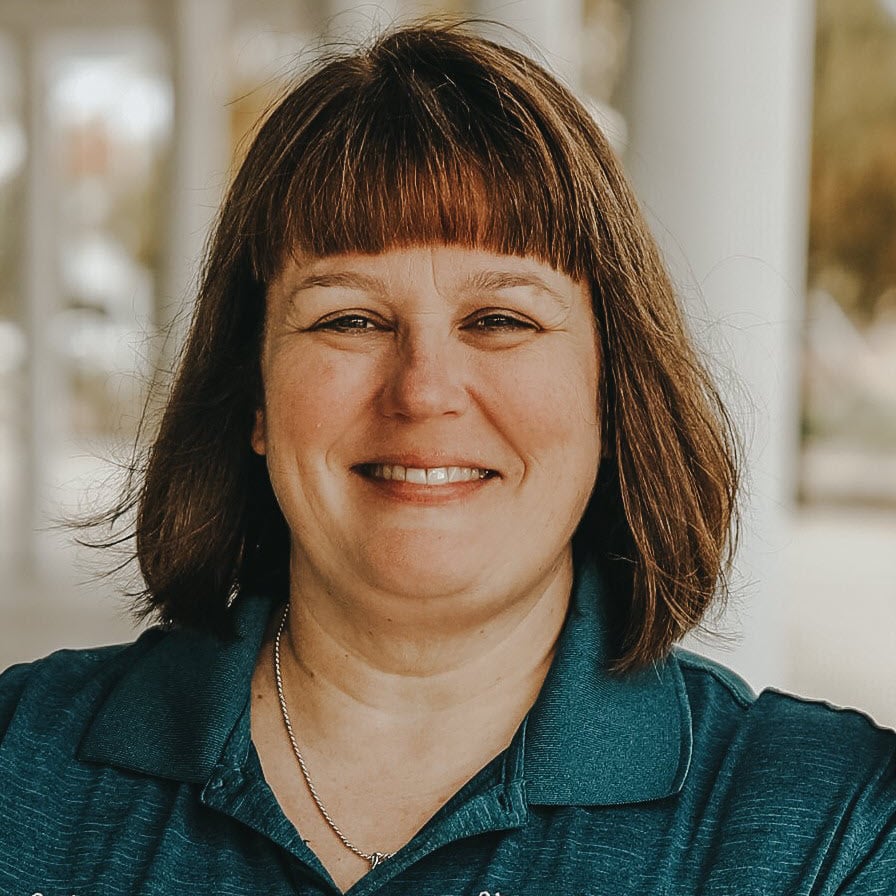I have always struggled with saying no to clients and opportunities. A client would ask me if I could help them with something and before I knew what I was doing I was already doing it. I did not think about an engagement letter, price, or anything other than, "I can do this thing" that was being asked of me.
The problem with this, it almost always costs me time, money, or both. I would get angry, frustrated, and irritated with myself and the client.
For example, a client would ask me about a technology that would help their company. I would research applications that would work with QuickBooks, do a demo, figure out how it would work for them - and on and on. The thing is, I never got paid for doing any of this type of work.
When I would go back to the client with my findings, the response was one of two things. "I'm not sure if my people would do it." OR "Why don't you get a trial and try it out?"
I would then play with it for hours because, after all, it was a new shiny object. And guess who was not getting paid for any of this. Me. Why? Because I set that expectation in the very beginning that I do this work for free. I had already researched software and selected the appropriate one for their company. And I hadn't charged them for it
It always amazes me how clients think we work for free! I think it is because we don’t set that standard and they just don’t think about it. Or at least mine didn’t seem to. Sometimes, I would bill after the fact and that was usually a bad conversation that would leave resentment on both sides. It was just a waste of time and energy.
I had to learn a better way to manage these extra projects!
Analyze requested projects outside the original scope of work before you start work.
My problem with not planning upfront to call these types of projects an engagement is that I love technology and also love to “rescue” people. I've had to learn to be very intentional in how I approach this work.
1. Ask your client for clarifying information to define the project.
Now when a client asks me about projects outside of the regular scope of work, I ask many follow-up questions. The answers to these questions allow me to better understand the project.
2. Does the project fit within your vision and current capacity?
Better understanding the project allows me to determine if the project aligns with my vision for my company. Does the project align with my vision or is this just something that I am doing for financial reasons? Why do I want to do this project?
Next, I look at resources within my firm. Do I and my team have the capacity to take on this project? Who on my team can lead the project or am I the only one that can do the project? If I take on the project, how will that affect my other currents and their ongoing engagements?
3. Define the engagement and send the engagement letter to your client.
Once I determine that the project fits within my vision and my team and I have the capacity to complete the project without adversely affecting our other client work, then I create the engagement letter. Included in the engagement are payment terms. We always take upfront payments prior to beginning the work so I never have to chase those payments.
Decline projects when they don't fit within your vision and capacity.
I have had many hard lessons about not saying no to clients. Just because I can do something does not necessarily mean I should do it. I talk to so many other accountants and bookkeepers that have the same challenges. I think we are rescuers at heart and genuinely want to help people. The problem with that is that not all people want to be helped.
Someone once told me, “Have them put their wallet where their mouth is.” This has been a huge mindset shift for me. When people have all these great ideas and want to change, have them put money into it. This shows they really want the service and value it. If they don’t, walk away from working with them. If they will not pay you for it, why are you even doing it?
Having a clear vision for my firm has really helped me say no to so many “opportunities” that did not align with my vision.
Sometimes it is very hard to stay aligned with that vision because as business owners you still must pay bills and make payroll. This has made me make some tough decisions with clients and whether they stayed or left the firm.
For example, I had a large client that decided to change their entire accounting system without consulting the accountant. Me. Then they wanted me to just “watch over them.” Really? That does not even come close to aligning with my vision I have for my company. That is just basically a month after month clean-up job that would have ended up costing me so much time, money, and frustration.
We, as a firm, made the tough decision to say no and walk away, which was the best decision for my firm. By doing so, we were able to expand a program and have the availability for more ideal clients. We got our systems and processes documented and I now have the time to work on my business. We now work with people we enjoy working with instead of facing the cringe factor every time they called.
Saying no is so difficult but it does get easier over time.
As a business owner, having a clear vision of where you want to go will help guide you. Always having my vision in front of me has been key to helping me overcome this. Otherwise, it is so easy to go back to your old habits! Financial necessity always plays a role in it and that is where I have a conversation with my team. Is this best in the long run or short run? Every client and every engagement are gauged by this. We make the decision together, so I am not guided by financial necessity all the time.
When a client comes to you with a question and you want to help them, make sure that it aligns with your vision for your company. They may just be throwing ideas around and not thinking about what it would take to actually do what they are asking. Make sure the project is something that you truly want to do, and you have the capacity to do it.
Also, make sure you are getting paid up front with an agreed-upon price. If you don’t, it is ok to walk away from the opportunity. You must think of what is best for your business as well.
Unfortunately, this is just one example of an expensive business lesson for me.
There have been many more expensive lessons I've learned! Please take advantage of my lessons so that you don't have the same cost of learning that I did. You can read more of the things I've learned here.
.png?width=150&height=63&name=TWRlogo-regmark_blueblack%20(1).png)
.png)










Do you have questions about this article? Email us and let us know > info@woodard.com
Comments: